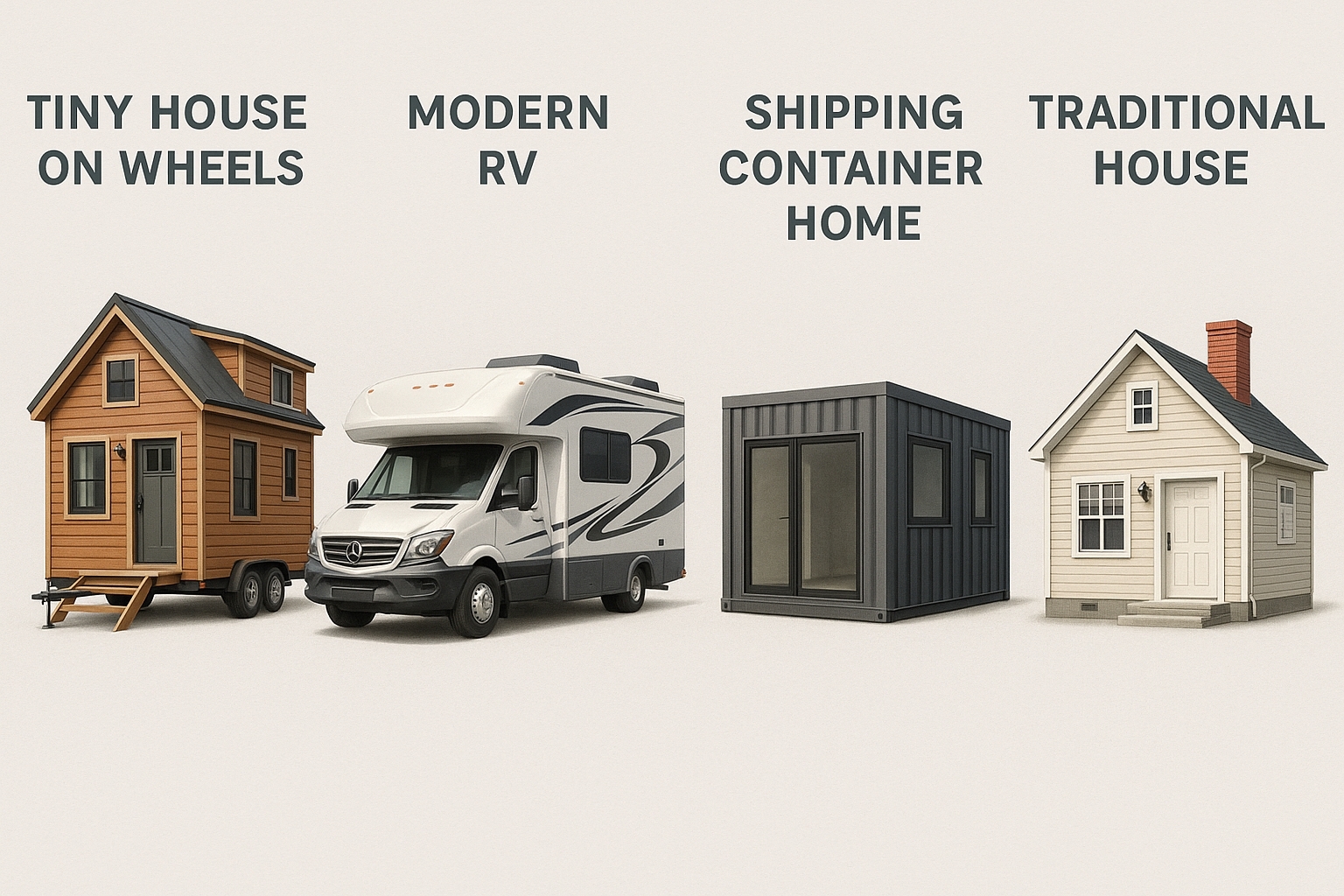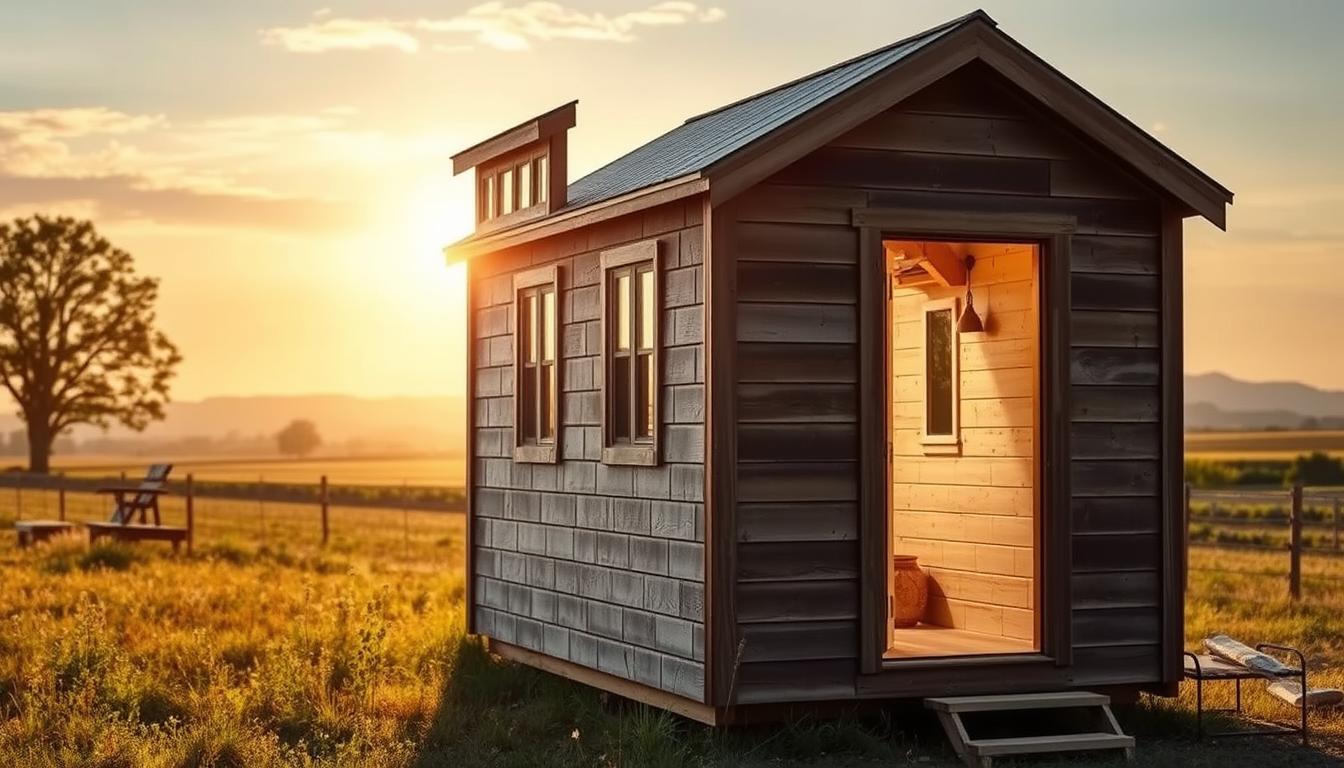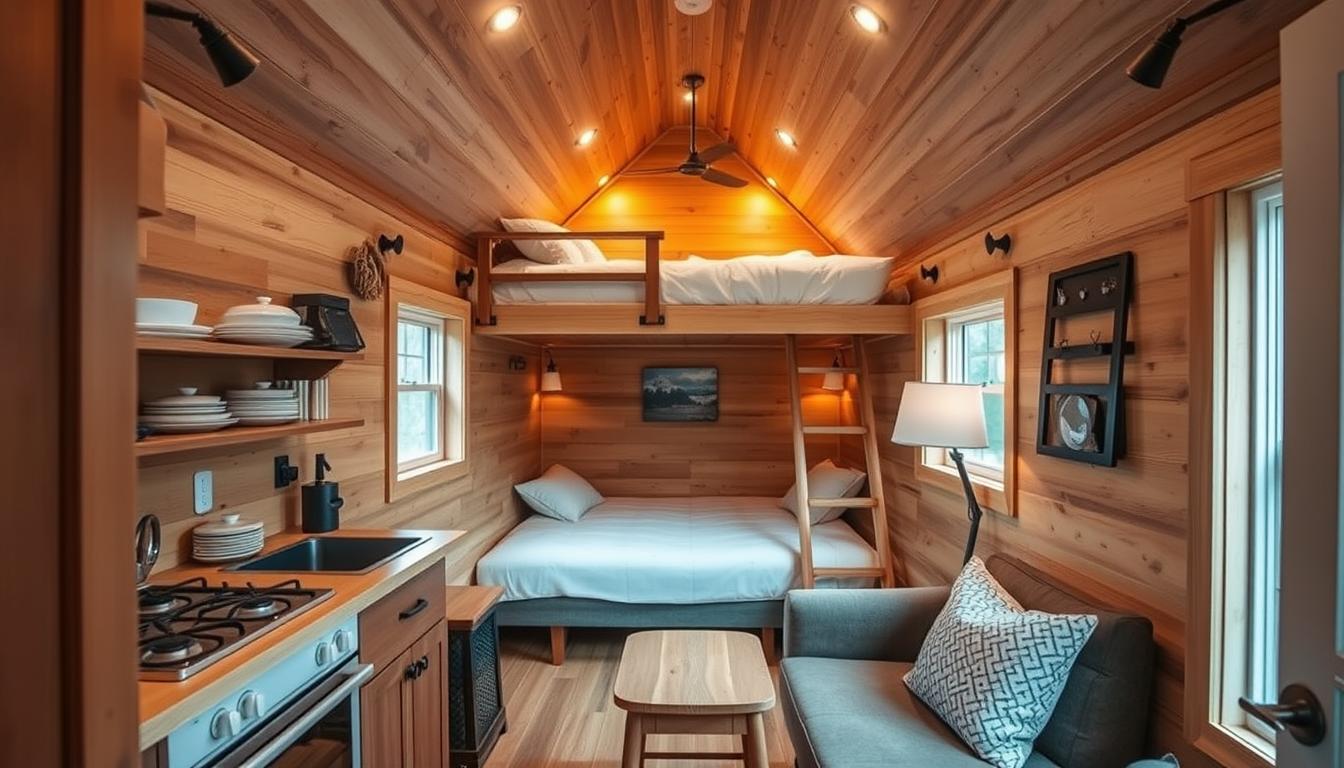Are you considering tiny house living but want to avoid the financial commitment of traditional homeownership? The concept of tiny house land rental offers a compelling alternative, allowing you to embrace a minimalist lifestyle while enjoying the benefits of community living. This comprehensive guide covers everything from finding the perfect location to understanding rental agreements and exploring sustainable living options.
What You Will Learn About Tiny House Land Rental
By reading this article, you will learn about:
– Definition and benefits of tiny house land rental.
– Factors to consider when choosing a location for tiny house land rental.
– Tips for landowners renting out property for tiny house land rental.
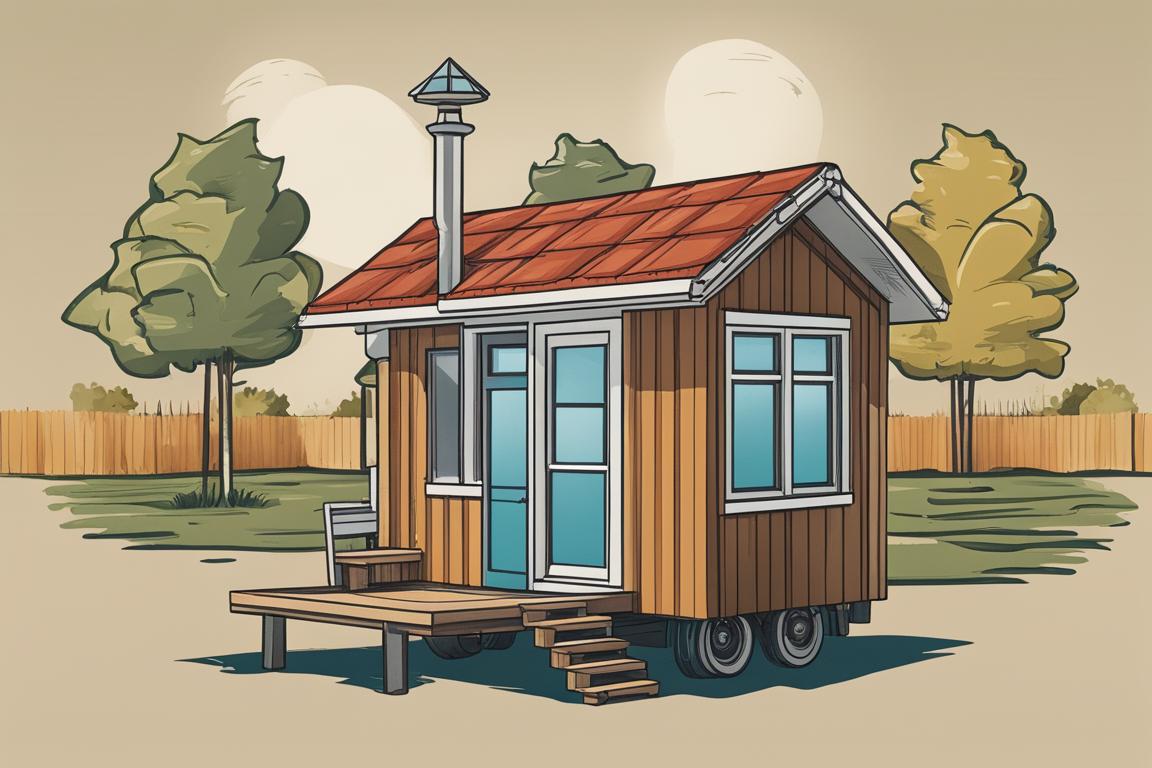
Understanding Tiny House Land Rental
Definition and Concept of Tiny House Land Rental
Tiny house land rental involves leasing a piece of land to park and live in a tiny house, providing individuals with the freedom and flexibility of tiny house living without the financial commitment of purchasing land. This arrangement allows for downsizing, reducing environmental impact, and being part of a like-minded community.
Benefits of Renting Land for a Tiny House
Renting land for a tiny house offers the opportunity to live in a desirable location without the high costs of traditional homeownership. It often includes access to communal spaces and amenities, fostering a sense of community and shared experiences, while also allowing individuals to test the waters of tiny house living before making a more permanent commitment.
Options Available for Renting Land for Tiny Homes
Individuals have various options, from renting land on private properties to joining established tiny house communities or cooperative arrangements. This flexibility allows individuals to tailor their living arrangements to their specific needs and preferences.

Finding the Perfect Location for Tiny House Land Rental
Personal Story: Finding the Perfect Location for Tiny House Land Rental
A Dream Come True in the Countryside
When Sarah and her husband, James, decided to downsize and embrace the tiny house lifestyle, they faced the challenge of finding the perfect location for their new home. After months of searching, they stumbled upon a picturesque piece of land in the countryside. The land was zoned for tiny house living, had access to utilities, and was close to a vibrant small town with all the amenities they needed.
Sarah and James knew this was the place they had been dreaming of. The rolling hills and serene surroundings offered the ideal setting for their tiny house. They were able to negotiate a favorable rental agreement with the landowner, allowing them to fulfill their dream of living in a close-knit community while enjoying the beauty of nature.
Their experience highlights the importance of considering factors such as zoning laws, proximity to amenities, and the suitability of the land when choosing a location for tiny house land rental. It also demonstrates how finding the perfect location can make the transition to tiny house living a truly fulfilling and rewarding experience.
Factors to Consider when Choosing a Location
- Zoning Laws and Regulations: Understand local zoning laws and regulations, as certain areas may have restrictions on where tiny houses can be situated.
- Proximity to Amenities: Consider the location’s proximity to essential amenities such as grocery stores, healthcare facilities, and public transportation.
- Access to Utilities: Evaluate access to water, electricity, and sewage, as well as the associated costs.
- Suitability of the Land: Assess the physical characteristics of the land to ensure it is suitable for parking and living in a tiny house.
Rental Agreements and Contracts for Tiny House Land Rental
Clear and comprehensive rental agreements are essential for engaging in a tiny house land rental arrangement.
Importance of Clear Rental Agreements
Clear rental agreements outline the terms and conditions of the rental, including rent amount, duration of the lease, and any restrictions or guidelines for living on the property. These agreements serve to protect both the landlord and the tenant and minimize potential conflicts.
Terms of the Rental
The rental agreement should clearly define the rights and responsibilities of both the landlord and the tenant, including provisions for maintenance, use of communal spaces, and any additional fees or charges.
Responsibilities of the Landlord and Tenant
The agreement should also specify the responsibilities of the landlord and tenant concerning property upkeep, adherence to community rules, and any shared responsibilities for maintaining communal areas.
Specific Regulations Related to Tiny House Living
Be aware of and comply with specific regulations related to tiny house living, such as size limitations or requirements for off-grid capabilities when entering into a land rental agreement.
Landowner Considerations for Tiny House Land Rental
Tips for Landowners Renting Out Property
For landowners considering renting out property for tiny house living, clear communication, realistic expectations, and a willingness to embrace the principles of community living are essential for a successful landlord-tenant relationship.
Marketing the Land for Tiny House Rental
Effectively market the land for tiny house rental by highlighting its unique features, proximity to amenities, and the community atmosphere. Utilize online platforms and relevant networks within the tiny house community to attract potential tenants.
Legal Considerations and Potential Challenges
Be aware of any legal considerations and potential challenges associated with renting land for tiny house living. Seeking legal guidance and understanding the local regulatory landscape can help mitigate risks and ensure a smooth rental process.
Cost and Affordability of Tiny House Land Rental
Understanding factors such as location, access to amenities, and the inclusion of utilities and communal spaces is crucial for budgeting and financial planning.
Budgeting for Land Rental
Carefully assess your financial situation and create a comprehensive budget that accounts for rent, utilities, maintenance costs, and any potential community fees when considering tiny house land rental.
Negotiating Favorable Rental Terms
Negotiating rental terms with the landlord can provide an opportunity to secure favorable terms and ensure that the rental arrangement aligns with your needs and expectations. Effective communication and a willingness to compromise can lead to mutually beneficial agreements.
| Topic | Considerations |
|---|---|
| Dynamics | Collaboration, social interaction, resource sharing, knowledge exchange |
| Homeowners’ Assoc. | Establishing/enforcing rules, maintaining communal spaces, organizing community events |
| Shared Resources | Sharing resources, adhering to communal living agreements, cooperation, respect within the community |
Community Living and Regulations in Tiny House Communities
Understanding the role of homeowners’ associations, shared resources, and communal living agreements is essential for prospective tenants.
Dynamics of Living in a Community of Tiny Houses
Living in a community of tiny houses provides opportunities for collaboration, social interaction, and the sharing of resources and knowledge.
Homeowners’ Associations in Tiny House Communities
Some tiny house communities may have homeowners’ associations responsible for establishing and enforcing community rules, maintaining communal spaces, and organizing community events.
Shared Resources and Communal Living Agreements
Participating in communal living often involves sharing resources and adhering to communal living agreements, emphasizing the importance of cooperation and respect within the community.
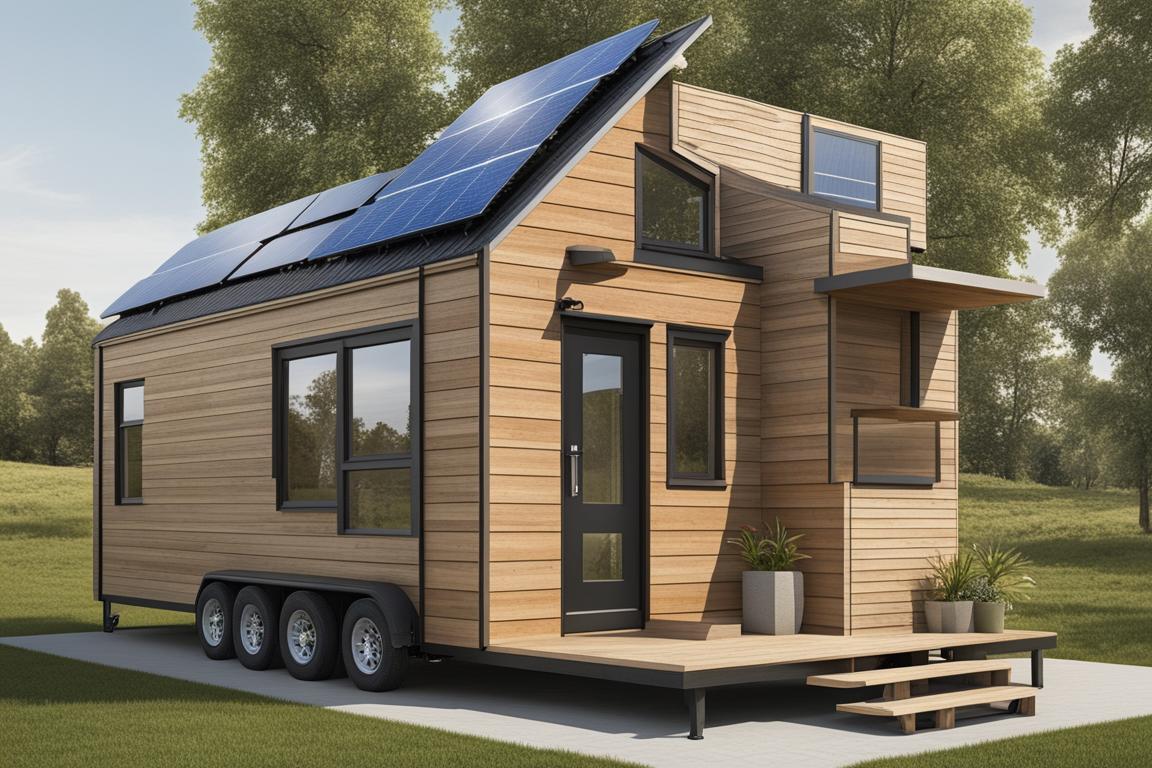
Sustainable and Off-Grid Options for Tiny House Land Rental
Incorporating sustainable practices such as off-grid living, renewable energy sources, and eco-friendly living practices is integral to promoting an environmentally conscious lifestyle within tiny house communities.
Off-Grid Living and Sustainable Practices
Embrace off-grid living, which involves reducing reliance on traditional utilities and incorporating sustainable practices such as solar power, rainwater harvesting, and composting.
Renewable Energy Sources for Tiny Houses
Incorporate renewable energy sources, including solar panels and wind turbines, to minimize environmental impact and achieve greater energy independence.
Water Conservation and Eco-Friendly Living Practices
Promote water conservation measures, eco-friendly building materials, and sustainable landscaping practices within tiny house communities.
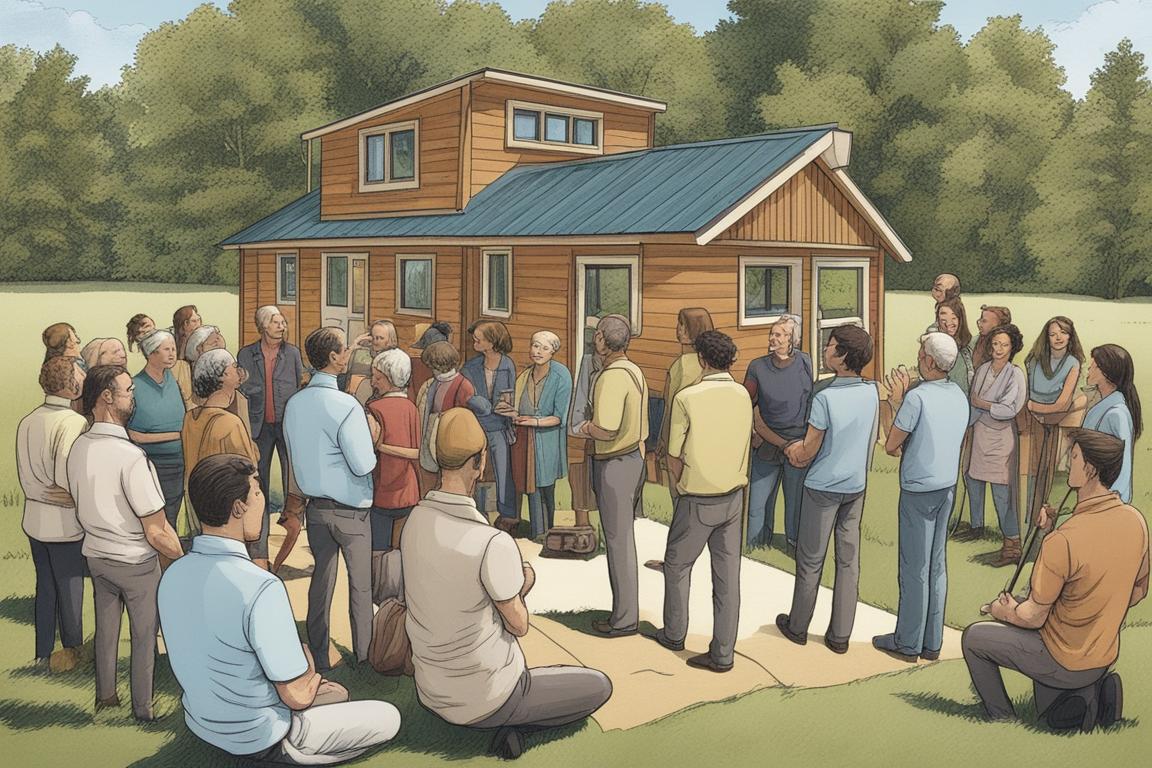
Tips for a Smooth Experience with Tiny House Land Rental
Open and effective communication, property maintenance, conflict resolution mechanisms, and community building activities are essential for fostering a harmonious living environment within the tiny house community.
Communication Between Landlords and Tenants
Effective communication between landlords and tenants is paramount for addressing concerns, resolving conflicts, and fostering a harmonious living environment within the community.
Property Maintenance and Upkeep
Regular upkeep and adherence to maintenance guidelines are essential for preserving the property and ensuring a positive living experience.
Conflict Resolution and Community Building
Establishing clear conflict resolution mechanisms and actively engaging in community building activities can contribute to a cohesive and supportive living environment within the tiny house community.
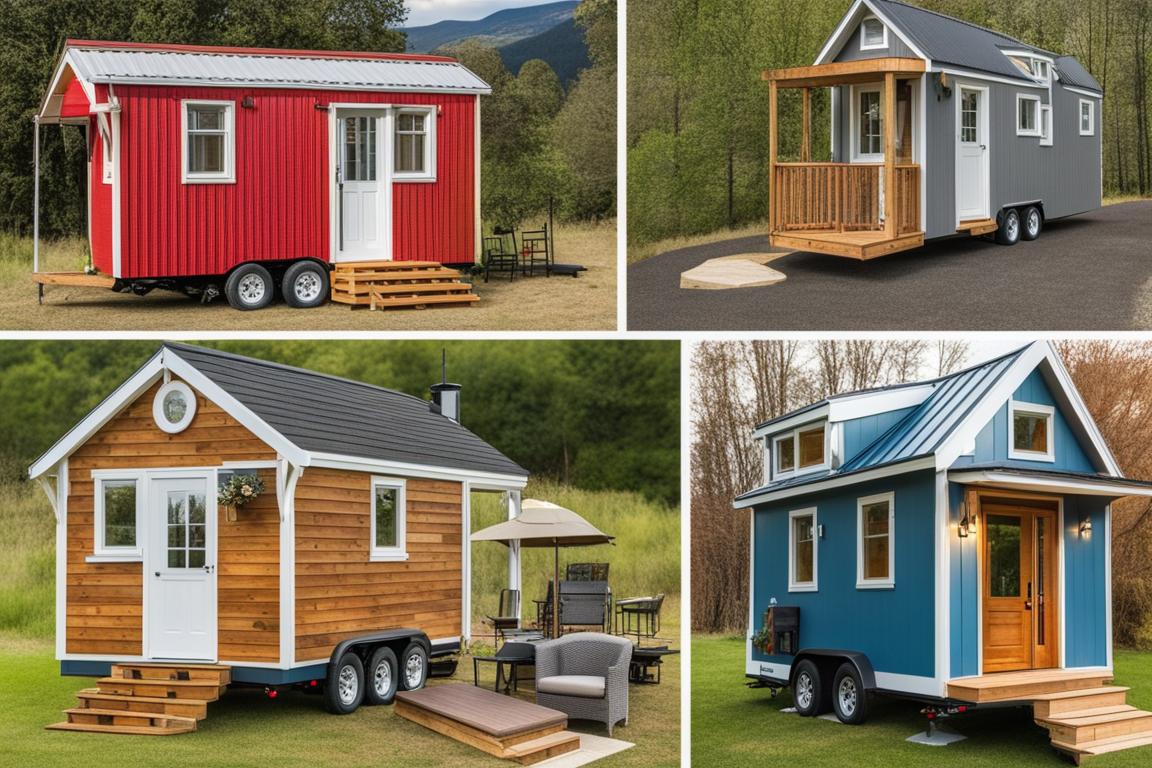
Case Studies and Success Stories of Tiny House Land Rental
Real-life examples of successful tiny house land rentals can provide valuable insights into the practicalities of living in a tiny house community and offer inspiration for those considering this lifestyle.
Real-Life Examples of Successful Tiny House Land Rentals
Explore real-life examples of successful tiny house land rentals to gain practical insights and inspiration for aspiring tiny house dwellers.
Future Trends and Developments in Tiny House Land Rental
Staying informed about potential future trends and regulatory changes in the realm of tiny house land rental is essential for individuals interested in embracing the tiny house lifestyle.
Evolving Landscape of Tiny House Land Rental
The landscape of tiny house land rental continues to evolve, driven by changing societal preferences, advancements in sustainable technologies, and shifting regulatory frameworks.
Potential Future Trends and Regulatory Changes
Anticipating potential future trends and regulatory changes can help individuals make informed decisions and adapt their living arrangements to align with emerging opportunities and challenges.
Innovative Approaches to Sustainable Living in Tiny House Communities
Innovative approaches to sustainable living, such as the integration of smart home technologies and circular economy principles, are likely to shape the future of tiny house communities, offering new avenues for environmentally conscious living.
In conclusion, tiny house land rental presents a compelling opportunity for individuals seeking a minimalist lifestyle and community living. By understanding the various aspects of this living arrangement, individuals can make informed decisions and embark on a rewarding journey towards a more sustainable and connected way of life.
Questions and Answers
Who can rent land for a tiny house?
Anyone interested in living in a tiny house can rent land for it.
What factors should I consider when renting land for a tiny house?
Location, zoning laws, utilities, and lease terms are key factors.
How can I find land to rent for my tiny house?
You can search online listings, connect with local real estate agents, or explore tiny house communities.
What if the land I want to rent has restrictive zoning laws?
Research local zoning regulations and consider seeking a variance or alternative locations.
How do I ensure the rented land is suitable for a tiny house?
Conduct thorough site visits and inspections, and review lease agreements carefully.
What if I can’t find land to rent for my tiny house?
Consider purchasing land or exploring alternative living arrangements such as tiny house communities.
With over a decade of experience in sustainable living and community development, the author has become a leading expert in the tiny house movement. Holding a Master’s degree in Environmental Sustainability from the University of California, they have conducted extensive research on sustainable housing options, including tiny house living. Their work has been published in reputable journals such as the International Journal of Sustainable Development and Environmental Science.
Furthermore, the author has worked closely with various tiny house communities and landowners, gaining firsthand knowledge of the challenges and benefits associated with tiny house land rental. They have also collaborated with government agencies and non-profit organizations to advocate for supportive regulations and policies for tiny house living.
Drawing from their expertise, the author provides practical insights and real-life examples in navigating the complexities of tiny house land rental, offering valuable guidance to both potential tenants and landowners.





